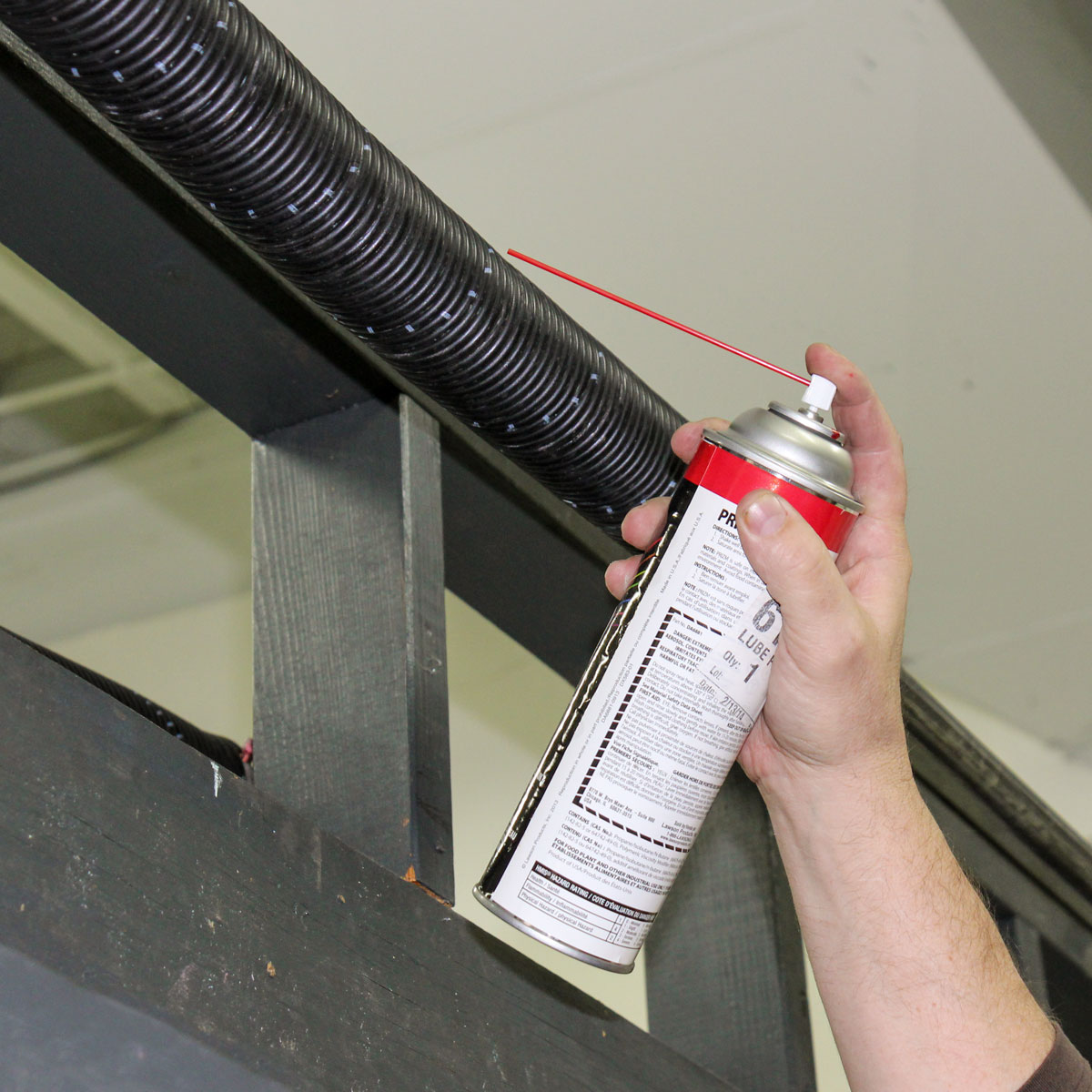

Articles
How To Lube A Garage Door
Modified: February 23, 2024
Learn how to properly lubricate your garage door with our informative articles. Improve the performance and longevity of your door with our helpful tips and techniques.
(Many of the links in this article redirect to a specific reviewed product. Your purchase of these products through affiliate links helps to generate commission for Storables.com, at no extra cost. Learn more)
Introduction
When it comes to maintaining a garage door, proper lubrication is essential. Regularly lubricating your garage door not only ensures smooth and quiet operation, but also extends the lifespan of the door components. By reducing friction and preventing rust and corrosion, lubrication helps to keep your garage door running efficiently and avoids unnecessary repairs.
In this article, we will guide you through the step-by-step process of lubing a garage door. We will explain the importance of lubrication, detail the necessary tools and materials, and provide instructions on how to properly lubricate different parts of the door. By following these tips, you can keep your garage door in optimal condition and avoid costly repairs down the line.
Key Takeaways:
- Regularly lubricating your garage door is crucial for smooth operation, preventing rust, and reducing wear and tear. It’s a simple maintenance task that can save you from costly repairs and ensure safety.
- Proper lubrication of different parts of your garage door, from tracks to chains, enhances efficiency and extends the door’s lifespan. Regular maintenance and testing can help identify issues early and ensure hassle-free operation.
Read more: How To Lube A Sliding Glass Door
Importance of Lubing a Garage Door
Lubricating your garage door is an important maintenance task that should not be overlooked. Here are some key reasons why lubrication is crucial for the proper functioning of your garage door:
- Smooth Operation: One of the main benefits of lubricating your garage door is that it ensures smooth and quiet operation. By reducing friction between moving parts, lubrication allows the door to open and close smoothly, preventing jerky movements and noisy operation.
- Prevention of Rust and Corrosion: Garage doors are exposed to various environmental factors that can lead to rust and corrosion over time. Lubrication forms a protective barrier on the metal components, preventing moisture from settling and causing rust. This helps to prolong the lifespan of the door and its components.
- Improved Efficiency: A properly lubricated garage door operates more efficiently, requiring less effort from the motor and other mechanisms. This results in reduced energy consumption and can potentially increase the lifespan of the door opener.
- Reduced Wear and Tear: Regular lubrication helps to reduce wear and tear on the moving parts of the garage door. By minimizing friction, lubrication prevents excessive strain on the components, resulting in less frequent repairs and longer lifespan.
- Enhanced Safety: A well-lubricated garage door is safer to operate. Lubrication ensures that the door moves smoothly without any sudden stops or jerks. This reduces the risk of accidents and injuries, giving you peace of mind when using your garage.
Overall, regular lubrication is essential for maintaining the optimal performance and longevity of your garage door. It is a simple task that can be done by homeowners and requires minimal time and effort. By incorporating lubrication into your routine garage door maintenance, you can enjoy hassle-free operation and avoid unexpected breakdowns.
Tools and Materials Needed
Before you begin lubricating your garage door, it’s important to gather the necessary tools and materials. Here’s a list of what you’ll need:
- Garage Door Lubricant: Choose a high-quality garage door lubricant specifically designed for this purpose. Avoid using WD-40 or other general lubricants as they may not provide sufficient protection and can attract dust and debris.
- Rag or Cloth: Have a clean rag or cloth handy to wipe away any excess lubricant and clean the tracks and other components.
- Step Ladder: Depending on the height of your garage door, you may need a step ladder to reach certain parts for lubrication.
- Gloves: It’s recommended to wear gloves to protect your hands from any dirt, grease, or lubricant residue.
- Safety Glasses: Safety glasses or goggles can provide eye protection in case any debris or lubricant accidentally splashes into your eyes.
- Optional: Screwdriver: A screwdriver may be needed to remove any screws or access panels that block your way to certain parts of the garage door.
Make sure that you have all these tools and materials ready before you start the lubrication process. This will ensure a smooth and efficient lubrication process without any interruptions.
Step 1: Cleaning the Garage Door Tracks
Before you can begin lubricating your garage door, it’s important to start with a clean slate. Over time, dirt, debris, and grime can accumulate in the tracks, hindering smooth operation. Follow these steps to clean the garage door tracks:
- Close your garage door to ensure the tracks are accessible.
- Inspect the tracks for any visible dirt, dust, or debris. Use a rag or cloth to wipe away any loose dirt.
- For stubborn debris or buildup, use a damp cloth or sponge to thoroughly clean the tracks. Be sure to remove any obstructions that could impact the movement of the garage door.
- Pay close attention to the areas where the rollers make contact with the tracks. Use a toothbrush or a small brush to remove any dirt or hardened residue.
- After cleaning, use a dry cloth to wipe away any moisture and ensure the tracks are completely dry.
By cleaning the garage door tracks, you allow the lubricant to effectively coat the surfaces and provide optimal performance. Additionally, a clean track reduces the risk of debris causing misalignment or damage to the garage door system.
Once the tracks are clean and dry, you can proceed to the next step of lubricating the rollers.
Step 2: Lubricating the Rollers
After cleaning the garage door tracks, the next step is to lubricate the rollers. The rollers are the small wheels that allow the garage door to move smoothly along the tracks. Here’s how to properly lubricate the rollers:
- Begin by opening your garage door to access the rollers. If you have a double garage door, work on one side at a time.
- Apply a small amount of garage door lubricant to each roller. Be sure to lubricate both the rollers on the top of the door and the ones on the bottom.
- Turn the garage door opener off to prevent accidental activation while you are working on the rollers.
- Gently move the garage door up and down a few times to allow the lubricant to evenly distribute on the rollers’ surfaces.
- If you notice any excess lubricant dripping, use a rag or cloth to wipe it away. You want just enough lubrication to coat the rollers without leaving a messy residue.
Lubricating the rollers helps to reduce friction and ensures smooth movement of your garage door. It also helps to prevent the rollers from wearing out prematurely, extending their lifespan.
Once you have lubricated all the rollers, proceed to the next step of lubricating the hinges and springs.
Apply a silicone-based lubricant to the hinges, rollers, and tracks of your garage door to keep it running smoothly and quietly. Avoid using WD-40 as it can attract dirt and grime.
Read more: How To Make A Garage Door
Step 3: Lubricating the Hinges and Springs
In addition to lubricating the rollers, it’s important to lubricate the hinges and springs of your garage door. These components play a crucial role in the smooth operation of the door. Follow these steps to properly lubricate the hinges and springs:
- Inspect the hinges and springs to ensure they are in good condition. Look for any signs of rust, damage, or excessive wear.
- Apply a small amount of garage door lubricant to each hinge and spring. Be sure to apply the lubricant to both sides of the hinges and all moving parts of the springs.
- Use a rag or cloth to spread the lubricant evenly over the surfaces of the hinges and springs. This helps to ensure that all parts are adequately coated.
- Gently move the garage door up and down a few times to allow the lubricant to work its way into the hinges and springs.
- Check for any excess lubricant and wipe it away using a clean cloth.
Lubricating the hinges and springs helps to reduce friction and allows for smoother movement of the garage door. By keeping these components properly lubricated, you can extend their lifespan and minimize the risk of damage or breakage.
Once you have lubricated the hinges and springs, move on to the next step of lubricating the door opener chain.
Step 4: Lubricating the Door Opener Chain
In order to ensure smooth and efficient operation of your garage door opener, it’s important to lubricate the door opener chain. The chain is responsible for lifting and lowering the door. Here’s how to lubricate the door opener chain:
- Move the garage door to the fully open position. This will give you easy access to the door opener and the chain.
- Inspect the door opener chain for any signs of rust, dirt, or debris. If there is significant buildup on the chain, clean it first with a dry cloth or brush.
- Apply a small amount of lubricant directly to the chain. Make sure to coat the entire length of the chain with the lubricant.
- Using a cloth or rag, spread the lubricant evenly over the chain, ensuring that all the links are lubricated.
- Manually move the garage door along the chain to distribute the lubricant and ensure that it reaches all parts of the chain.
- Wipe away any excess lubricant with a clean cloth, making sure the chain is not overly saturated.
Proper lubrication of the door opener chain helps to reduce friction and wear, allowing for smoother operation. It also helps to prevent the chain from rusting or getting stuck, which can lead to operational issues.
Now that you have lubricated the door opener chain, move on to the final step of testing the garage door.
Step 5: Testing the Garage Door
Once you have completed the lubrication process, it’s important to test your garage door to ensure that it is functioning properly. Here’s how to test your garage door:
- Stand away from the garage door and press the button on your garage door opener or use the wall-mounted control panel to open the door.
- Observe the movement of the door as it opens and closes. Pay attention to any unusual noises, jerky movements, or signs of resistance.
- If the door opens and closes smoothly without any issues, congratulations! Your lubrication efforts have been successful.
- If you notice any problems, such as sticking, grinding noises, or difficult operation, there may be underlying issues that require further inspection and maintenance. In such cases, it’s best to consult a professional garage door technician for assistance.
Regularly testing your garage door after lubrication allows you to identify any potential issues early on and address them promptly. It’s a good idea to perform this test periodically, especially after the initial lubrication or if you notice any changes in the door’s performance.
By following these steps and properly lubricating your garage door, you can ensure smooth and efficient operation. Regular maintenance and lubrication will not only extend the lifespan of your garage door but also save you from unexpected repairs and costly replacements.
Remember, if you’re uncertain about any aspect of the lubrication process or if you encounter any issues with your garage door, it’s always best to consult a professional for assistance.
Conclusion
Properly lubricating your garage door is an essential task for maintaining its performance and extending its lifespan. Regular lubrication helps to reduce friction, prevent rust and corrosion, and ensure smooth and quiet operation. By following the step-by-step process outlined in this article, you can effectively lubricate different parts of your garage door and enjoy its benefits.
Start by cleaning the garage door tracks to remove any dirt or debris that could hinder smooth operation. Next, lubricate the rollers, hinges, and springs to minimize friction and enhance the movement of the door. Don’t forget to also lubricate the door opener chain to keep it running smoothly. Finally, test your garage door to make sure it operates without any issues.
Remember to use a high-quality garage door lubricant and the necessary tools, such as a rag or cloth, step ladder, gloves, and safety glasses. Regular maintenance and lubrication will not only save you from potential repairs but also enhance the safety and efficiency of your garage door.
If you encounter any problems or are unsure about the lubrication process, it’s always best to consult a professional garage door technician for assistance. They have the expertise and knowledge to resolve any issues and ensure your garage door is properly maintained.
By dedicating a little time and effort to lubricating your garage door, you can enjoy smooth and seamless operation for years to come. So, don’t overlook this important maintenance task and give your garage door the care it deserves.
Frequently Asked Questions about How To Lube A Garage Door
Was this page helpful?
At Storables.com, we guarantee accurate and reliable information. Our content, validated by Expert Board Contributors, is crafted following stringent Editorial Policies. We're committed to providing you with well-researched, expert-backed insights for all your informational needs.
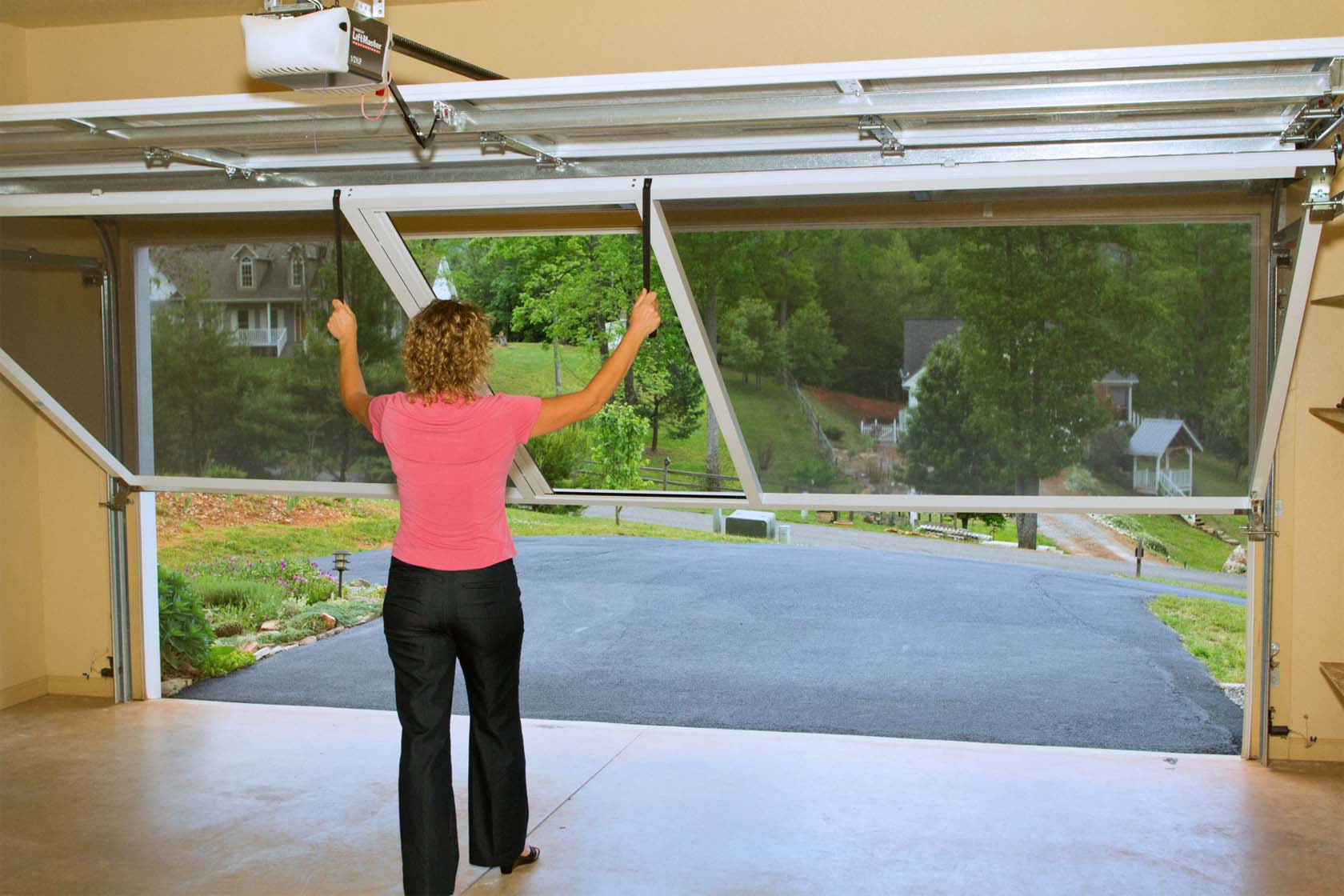
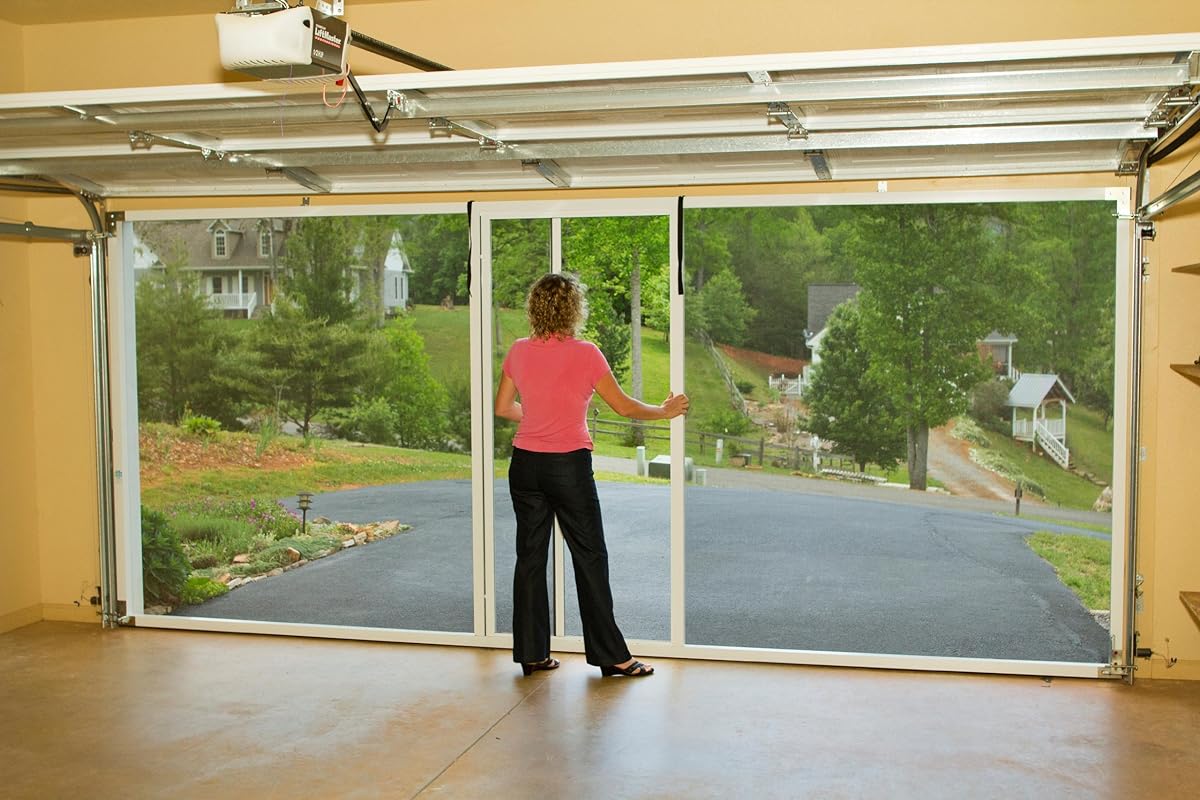
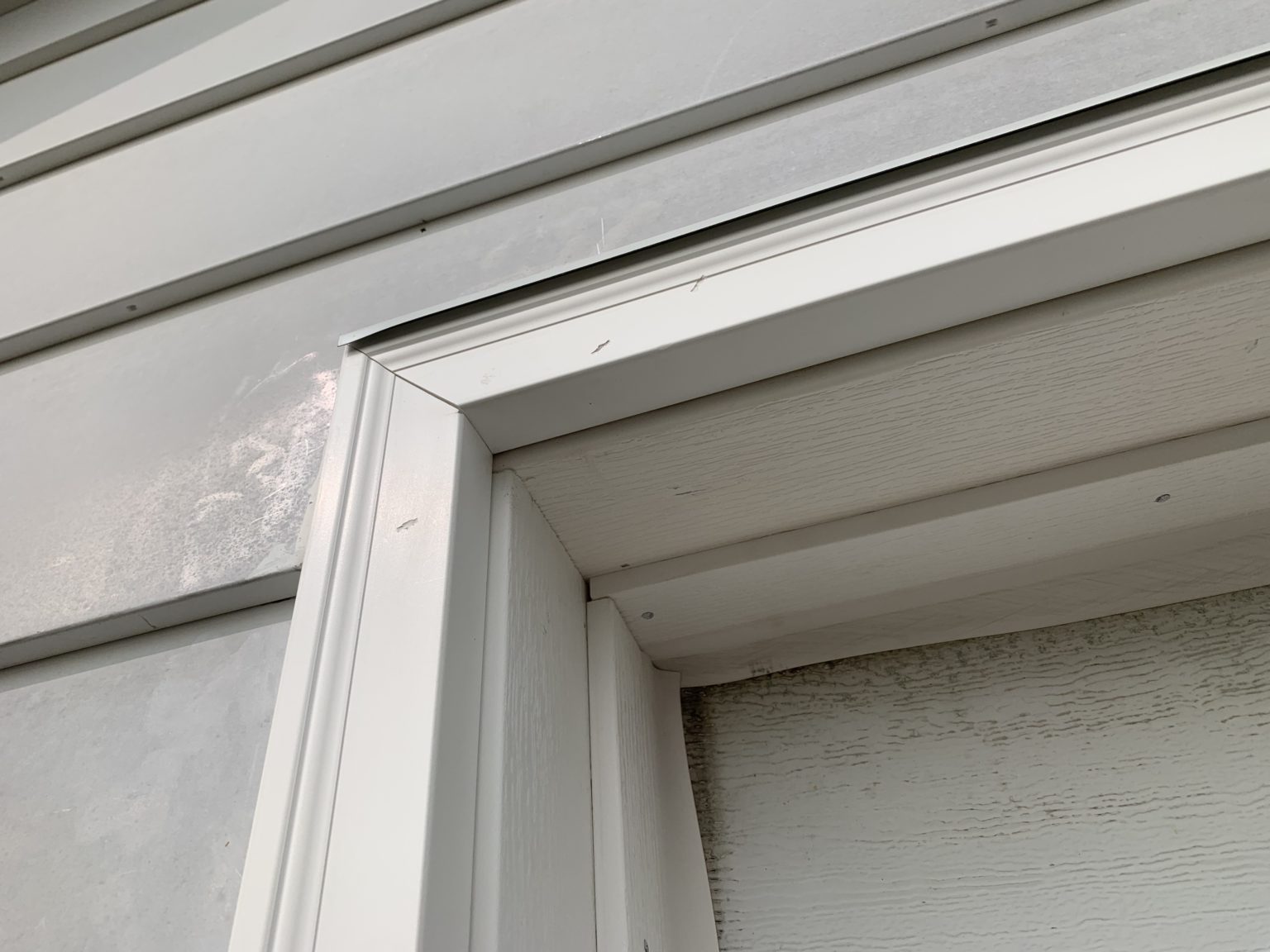
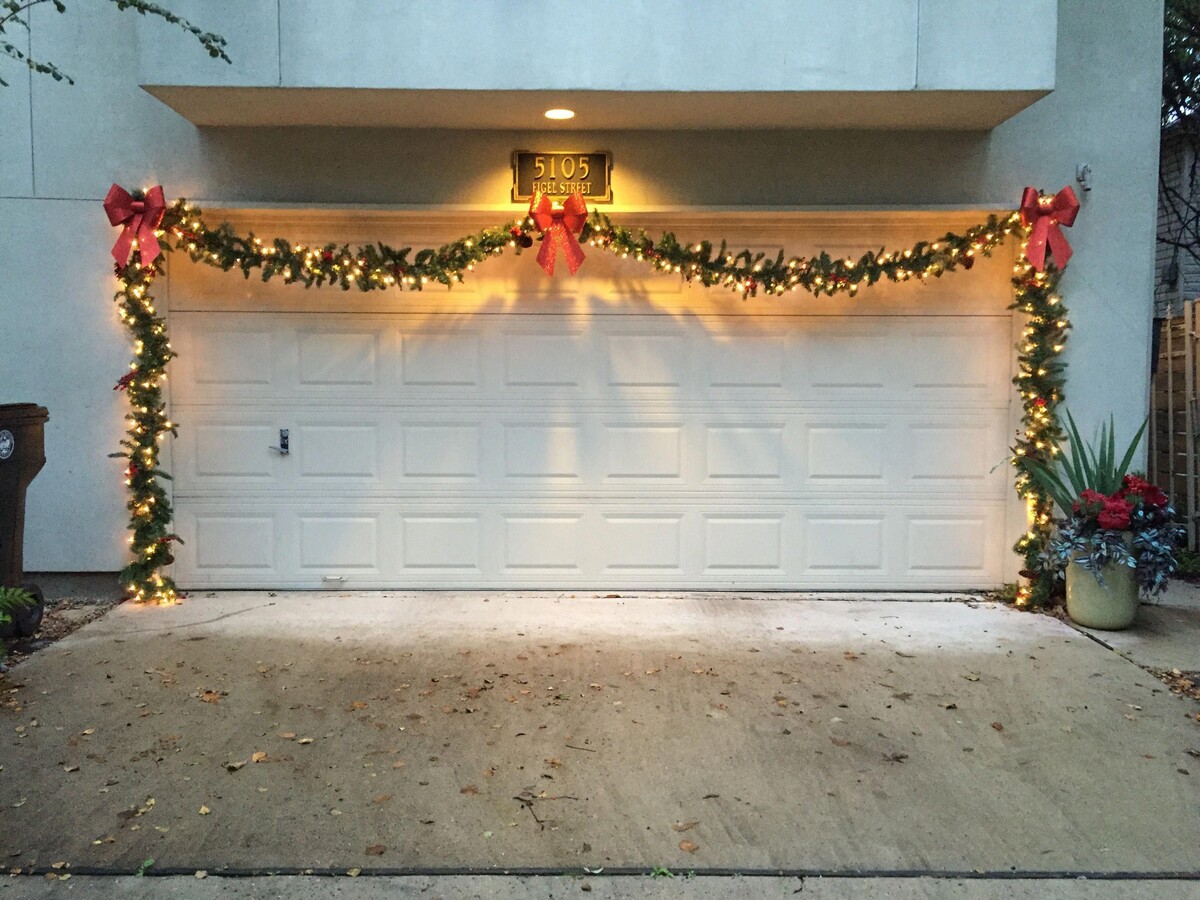

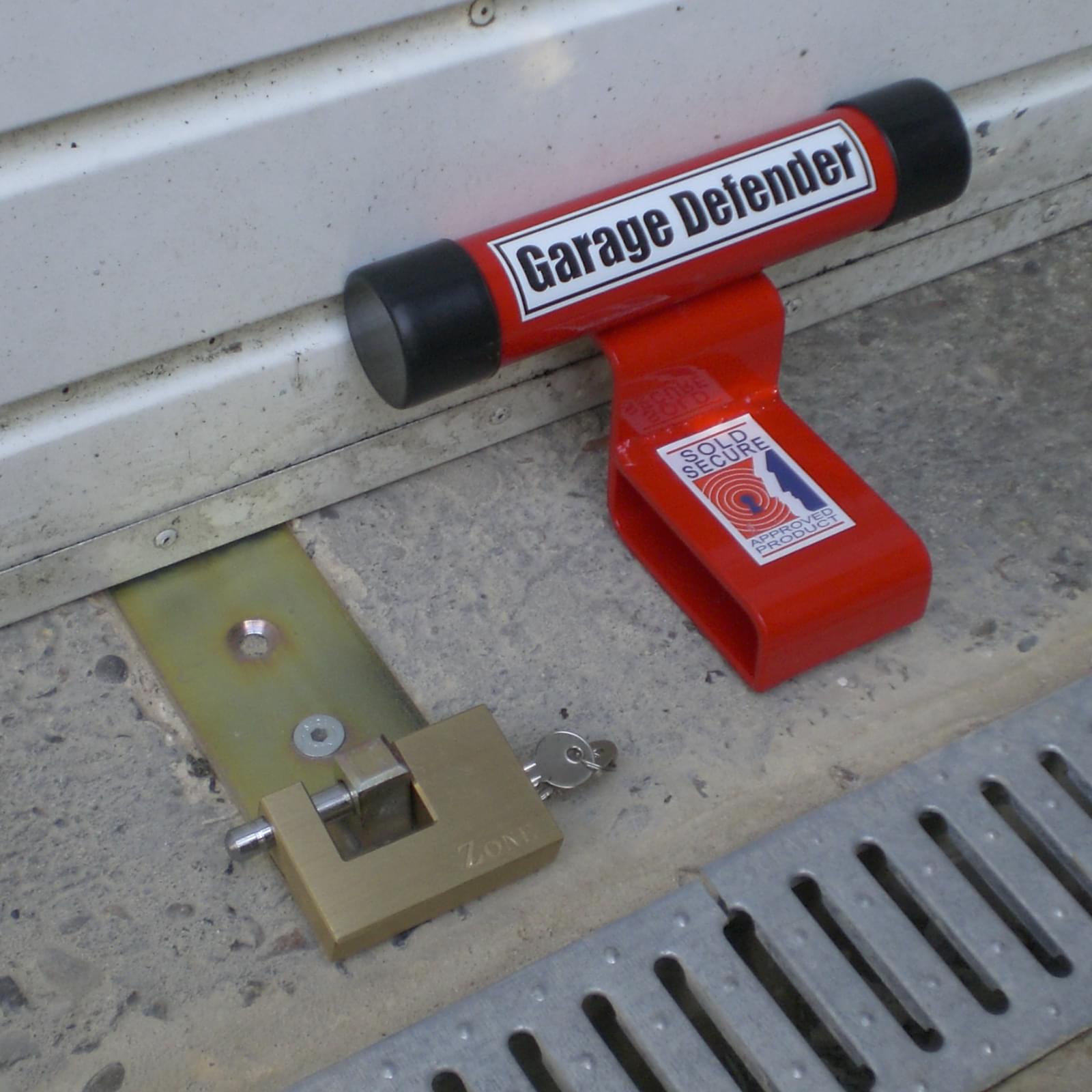
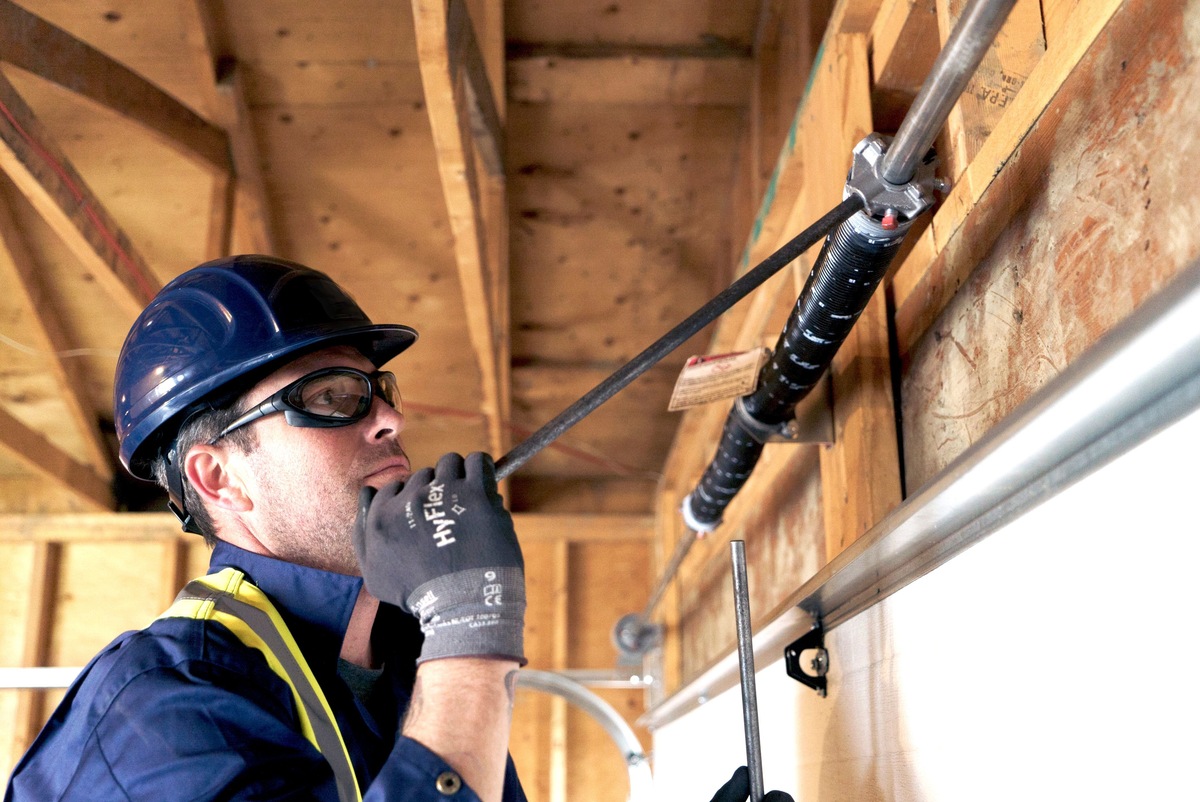
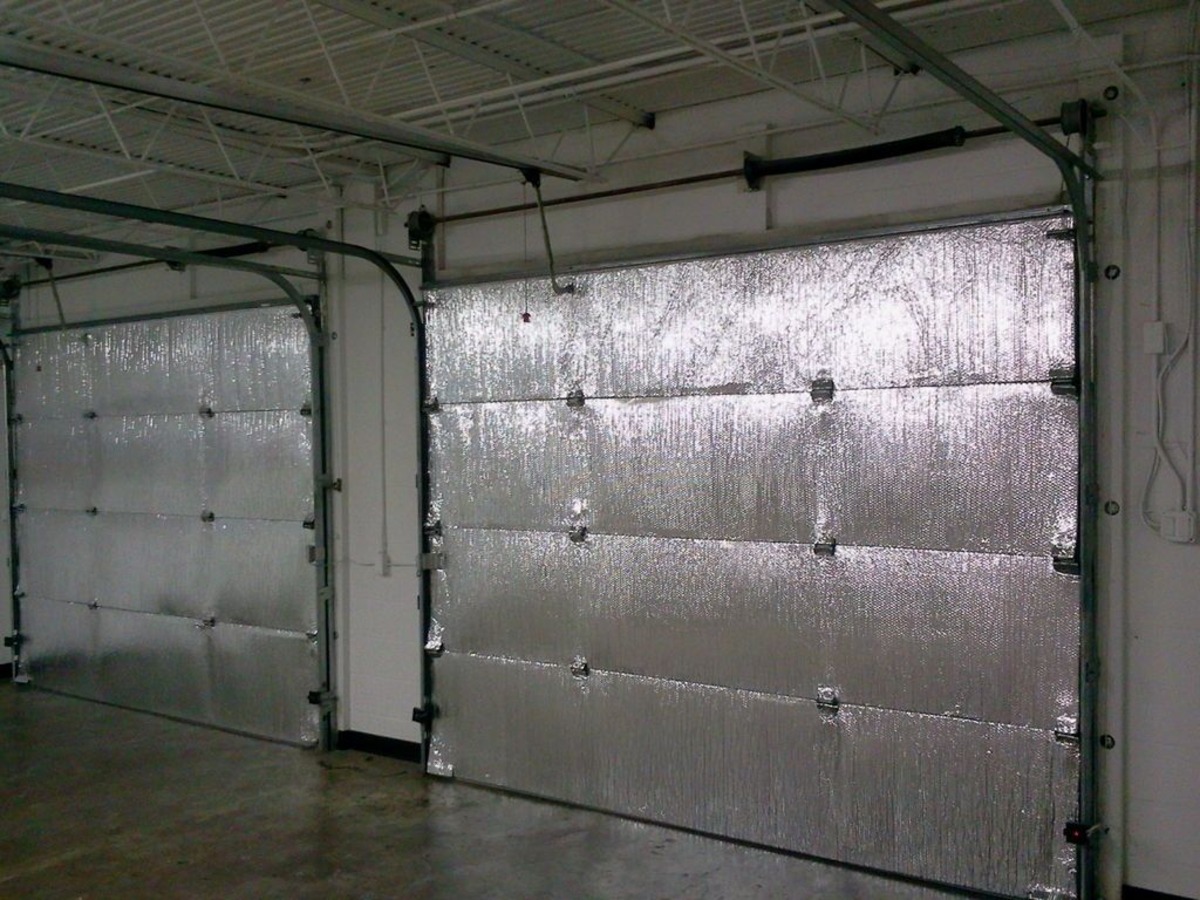
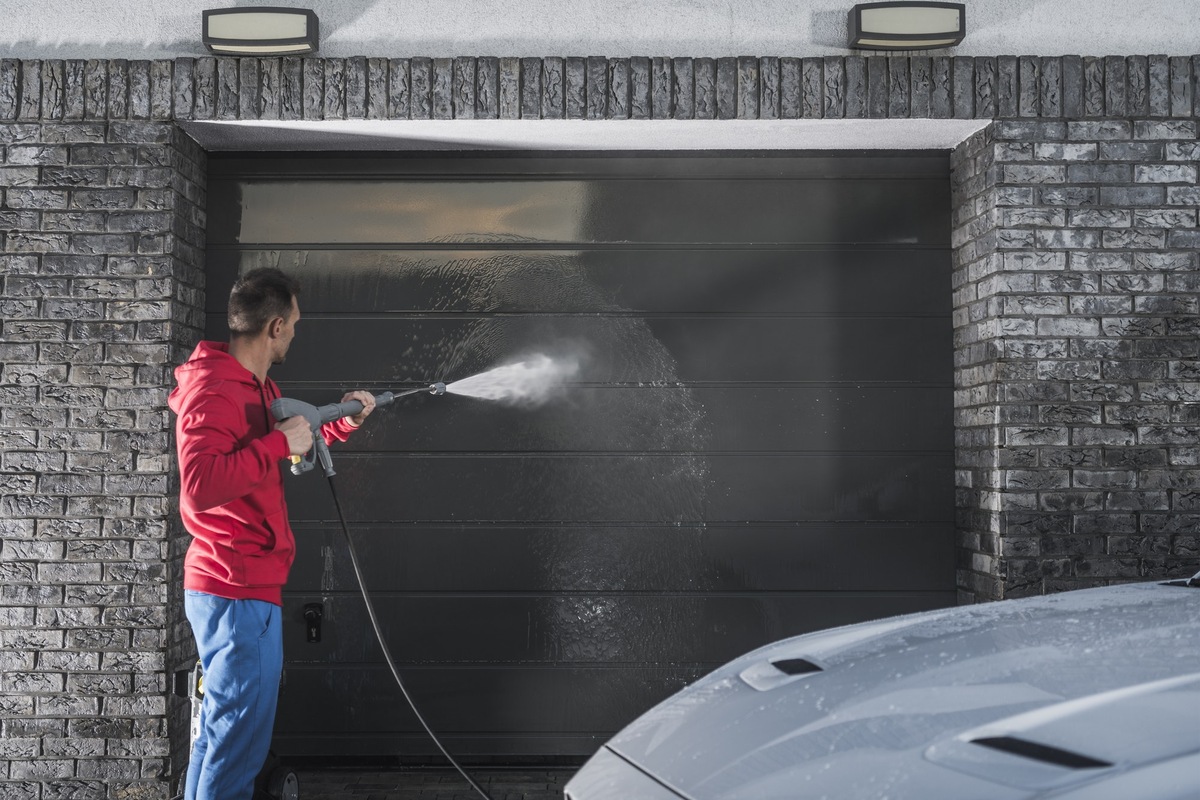
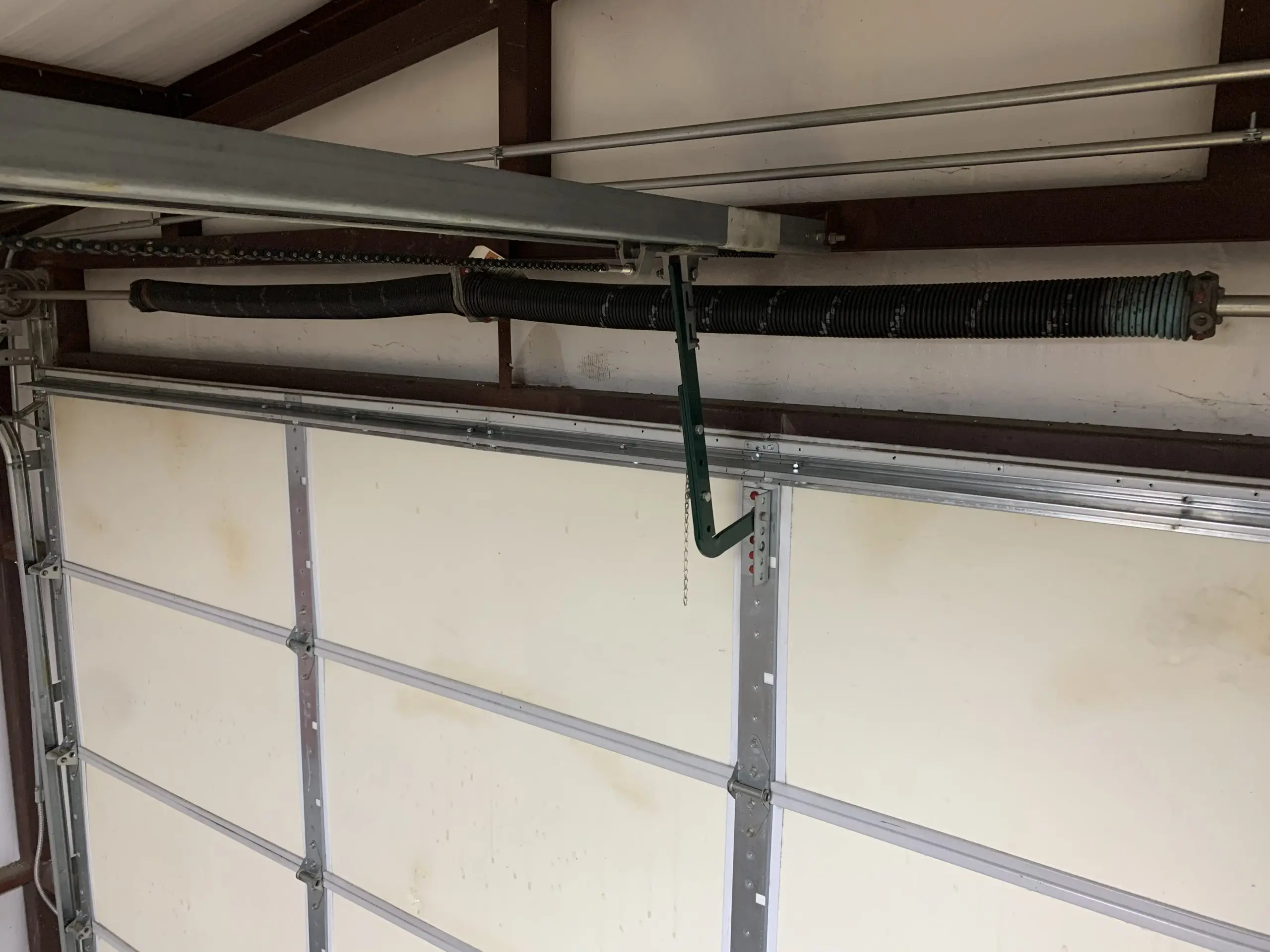
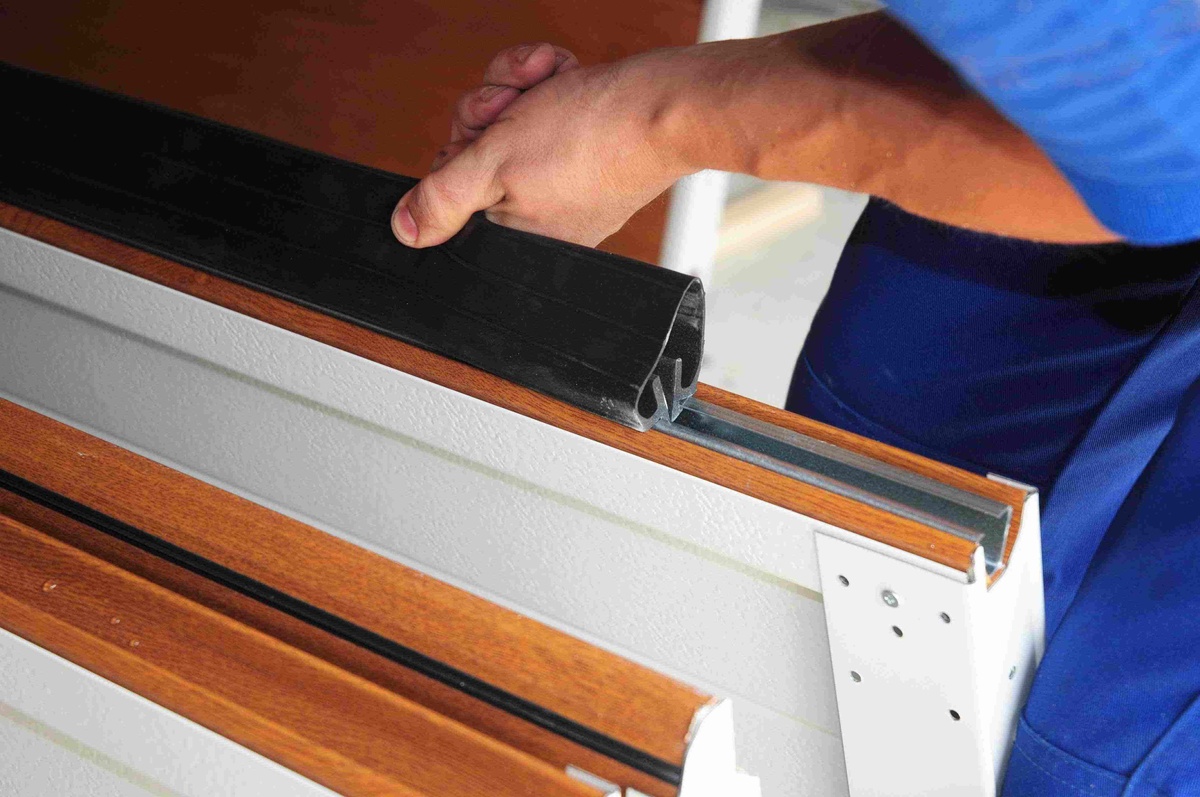

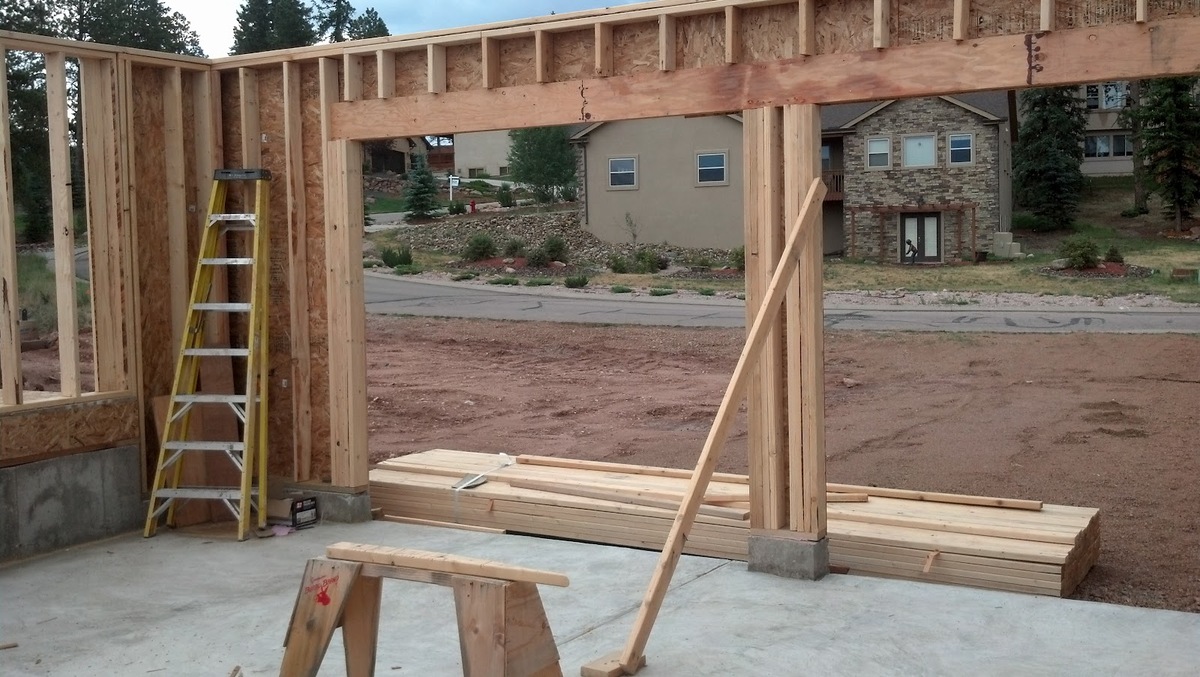
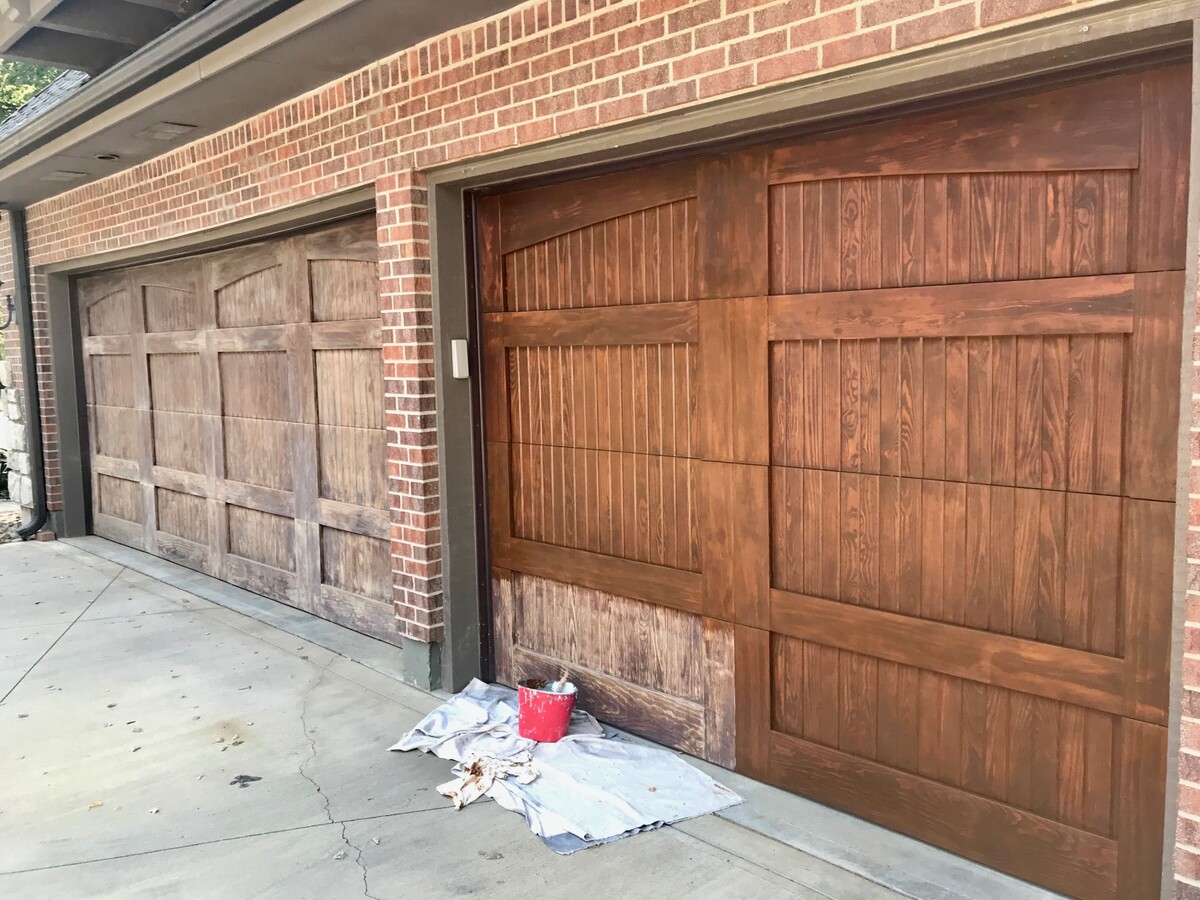

0 thoughts on “How To Lube A Garage Door”